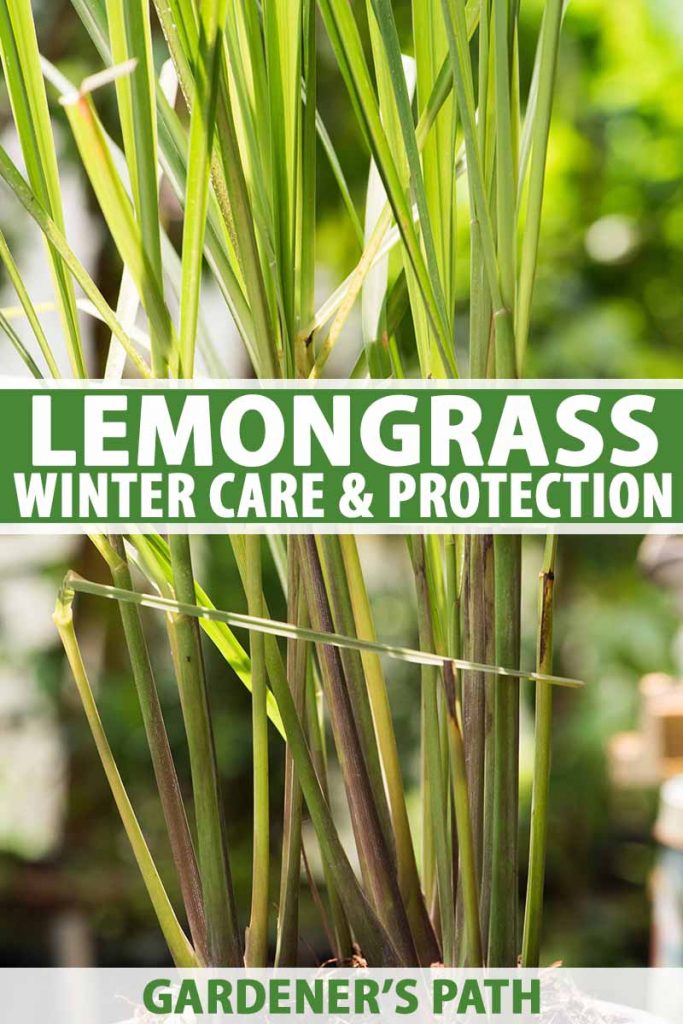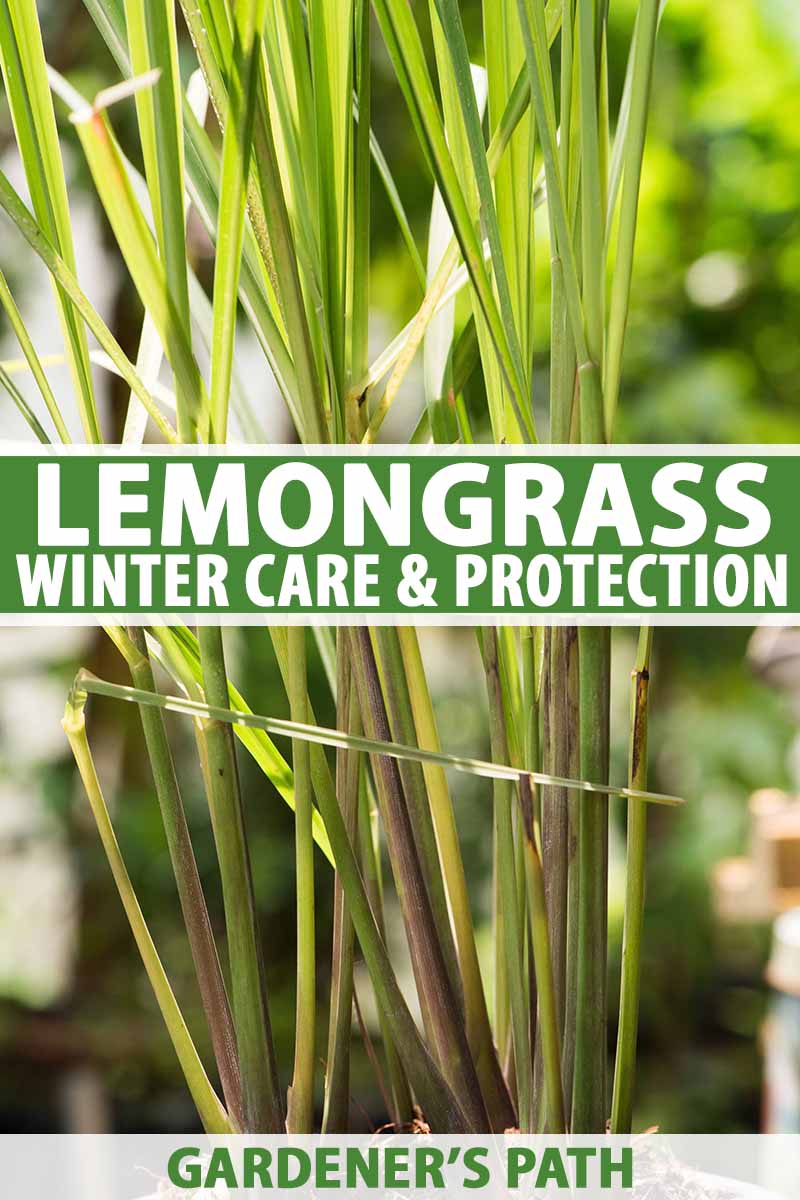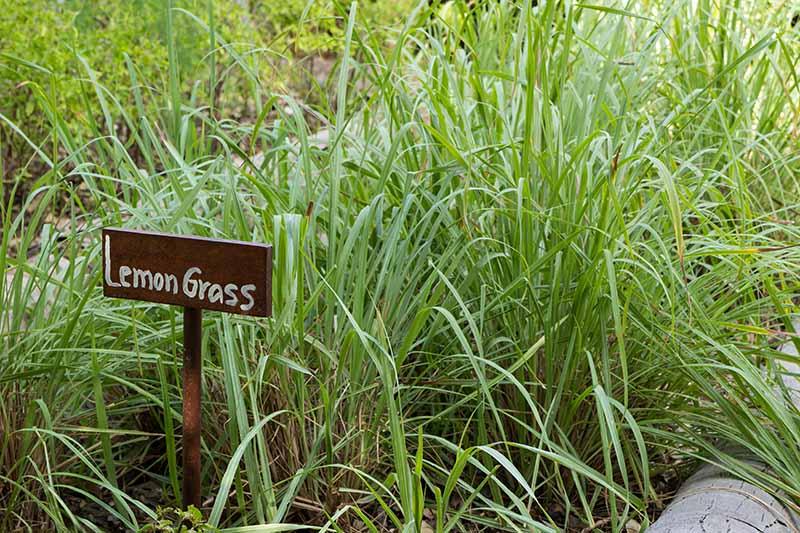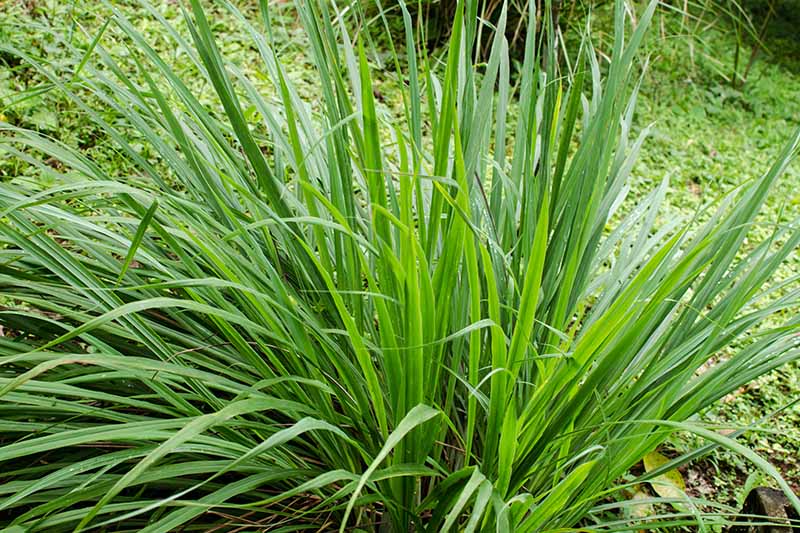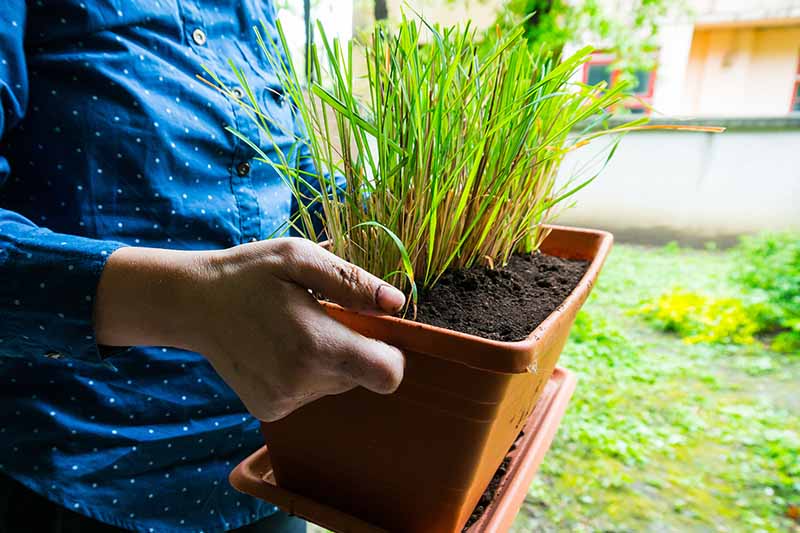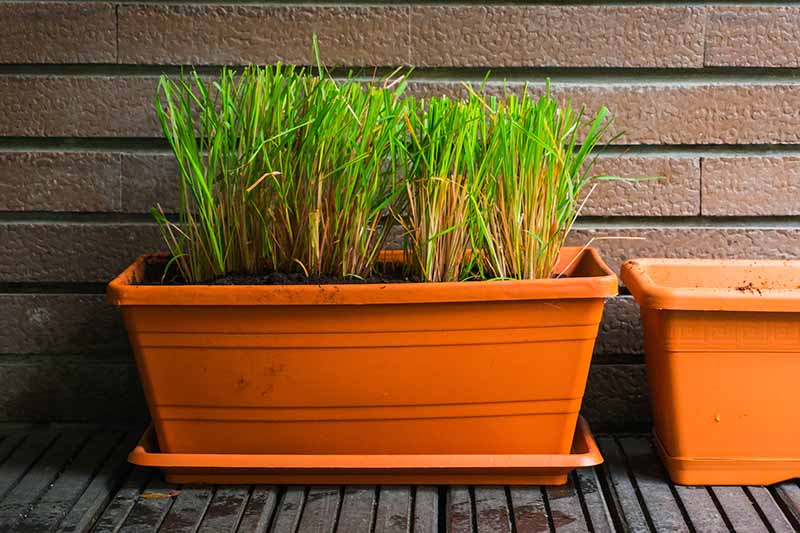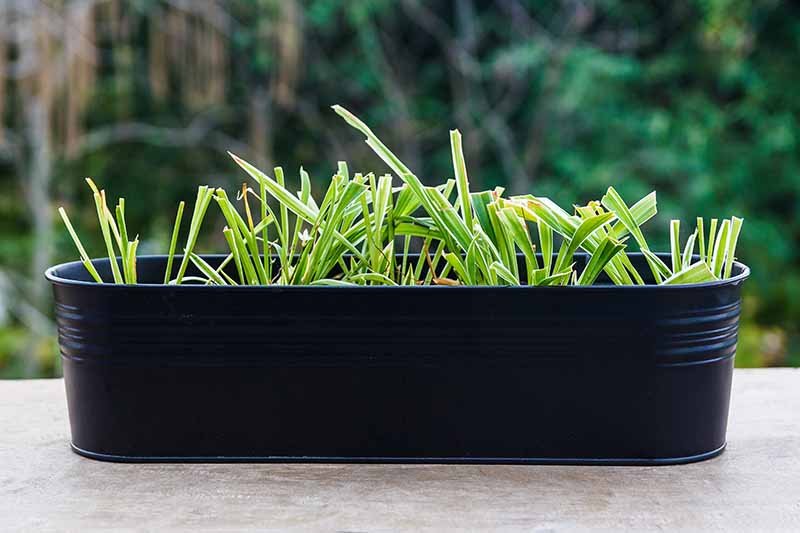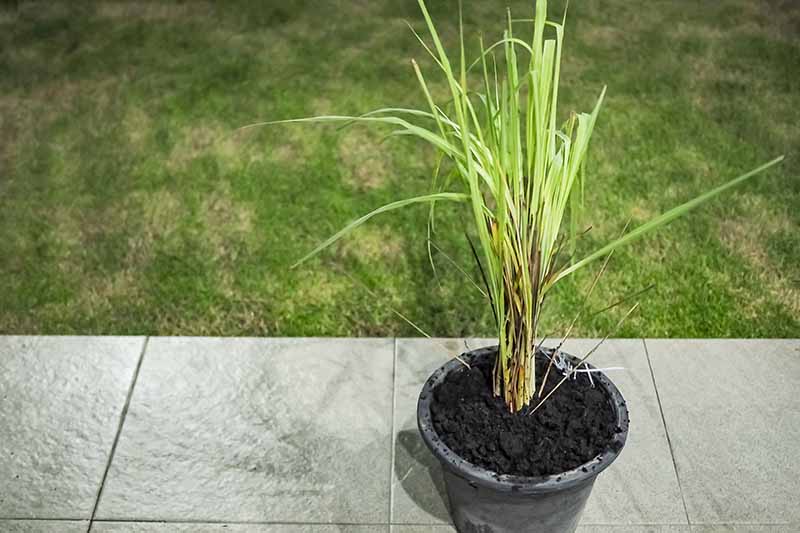We link to vendors to help you find relevant products. If you buy from one of our links, we may earn a commission.
Plant Hardiness Zones
If you’re growing lemongrass in your garden, you might be wondering what to do with it over the winter months. Due to its tropical origins, lemongrass can only survive the winter outside in the warmest areas of the US.
If you live in USDA Hardiness Zone 10 or 11, it’s safe to leave it outside year-round. However, this only applies to growers in Florida, southern Texas, southern Arizona, and southern California. If you live in Zone 8 or below, you’ll need to bring your plants inside during the colder months or they’ll end up dying. In Zone 9, it’s best to bring them indoors, but with additional protection you should be able to overwinter them outside.
Protecting Outdoor Plants
If you’re in Zone 9, your lemongrass can survive the winter outdoors as long as you provide adequate protection from the cold. Floating row covers can act almost like a blanket, covering and keeping plants warm when temperatures plummet.
The first step in preparing for the cold months is to prune your lemongrass. Using gardening shears, remove the leaves and cut the stalks back until they are six to twelve inches tall. Then drape the material over the plant. Make sure to hold down the sides using rocks, bricks, or other weights to make a snug cover. Gather each end and weigh down to prevent cold air from blowing in.
Divide, Prune, and Pot
If you live in Zone 8 or below, you’ll need to bring your herbs inside during the winter where they will go dormant.
When they are dormant, they can survive the cold, dark days. Think of dormant plants like hibernating bears; they both take it easy in the winter so they can kick into action in the spring. If you’re bringing them inside for the winter, you’ll want to start preparing your lemongrass when nighttime temperatures start to drop below 45ºF. The first step to getting this grass for life indoors is to divide it. First, use a shovel to dig up the whole plant. Make sure to dig at least two inches either side of the base of the stem in order to preserve the roots.
After you’ve dug it up, use your hands to carefully separate each lemongrass clump into sections of two to four stalks. Make sure each section contains roots. If it contains less than four stalks, you don’t need to divide it. After dividing, use scissors or pruning shears to cut the leaves and stalks back so they are 6-12 inches tall. This haircut helps the maintain moisture in the upcoming months by decreasing the surface area it uses to respire. With fewer leaves, less water evaporates from the leaves. For more information on dividing perennials see our full guide here.
The next step is to pot them up. Choose a container that is at least six inches wide and six inches deep. Fill the container with a mix of soil and compost, and plant the stalks 1-2 inches deep. If placing more than one section of stalks into the same container, space them at least one inch apart.
Keeping Plants Indoors
Once your herbs are in their pots, you need to find a proper location for them to spend the next few months.
Since overwintering lemongrass is going to be dormant, don’t expect growth or harvests over the cooler months. To maintain dormancy, place the pots in a cool, dimly lit area. These conditions will keep it alive, but not actually growing. A garage, basement, or cellar kept at 50-60ºF are good options. Water your lemongrass about once a month over the winter while it’s dormant. Only water sparingly, when the soil is dry at the top; the goal is to provide just enough water for the dormant plant to survive.
If you don’t have a cool area, they can be kept in a warmer environment. The warmth will likely prevent them from going fully dormant, although growth will slow dramatically. In warm space (above 60ºF), plants will try to continue to grow throughout the winter. In this case try to provide your lemongrass with plenty of light by placing it near a south-facing window.
If you don’t have a window with sufficient light, you can provide artificial light via a grow light. A simple light-bulb will do – just look for one labeled “cool white.” If you want your plant to continue growing, make sure it gets at least ten hours of natural or artificial light each day. Water twice a week to keep the soil moist but not waterlogged.
Preparing for Spring
Once daytime temperatures are regularly in the 50s, move your pots to a sunny and warm location indoors. Start watering them with about a quarter of an inch two to three times a week.
After two weeks of acclimation to light and warmth, you can begin moving the containers outside during the day. Be sure to bring them inside if the temperature dips to 40ºF or below. Once nighttime temperatures remain reliably above 40ºF, you can leave your them outside. At this point, you can also transplant them back into your garden if you wish. While you can transplant your herbs back into their previous location, it’s best to place them somewhere new. By practicing crop rotation, you help prevent problems with disease, pests, and nutrient-deficiency in the soil. Wherever you end up transplanting, make sure the soil is well-aerated. Plant clumps of one to four stalks, with one to two feet between each clump.
If you have any questions about how to prepare this herb for the colder weather, please comment below. And to learn more about tropical plants, check out these articles:
Fancy Tropical Herbs for Your Garden How to Protect Rosemary Plants in Winter How to Grow Flavorful Cardamom in Your Home Garden
© Ask the Experts, LLC. ALL RIGHTS RESERVED. See our TOS for more details. Originally published on December 12, 2019. [lastupdated]. Uncredited photos: Shutterstock. With additional writing and editing by Clare Groom and Allison Sidhu.
